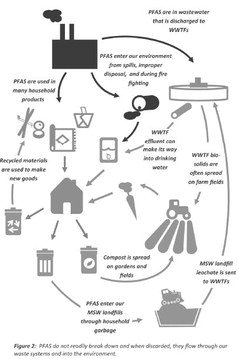Public help needed to prevent PFAS in everyday waste


Solid waste management professionals from around the state, are meeting to take on the challenge of per- and poly- fluorinated compounds, commonly referred to as PFAS, contaminate...


Solid waste management professionals from around the state, are meeting to take on the challenge of per- and poly- fluorinated compounds, commonly referred to as PFAS, contaminate...